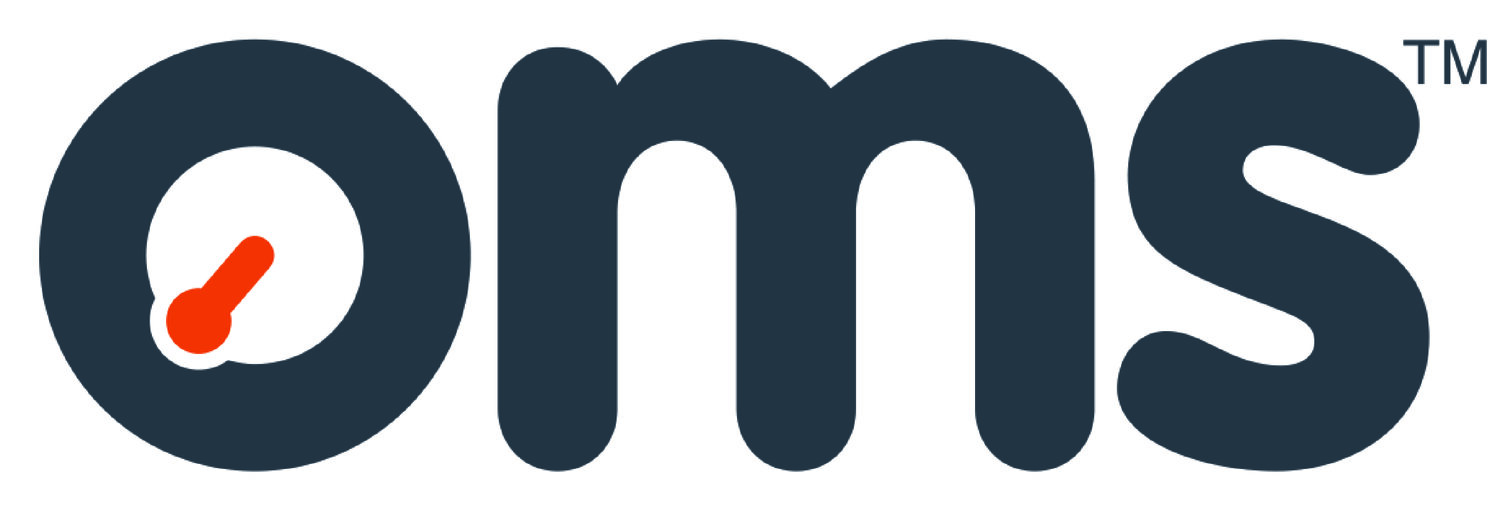The benefits our award-winning weld inspection system offers to clients
The latest in a series on our third Queen’s Award win and how the OMS approach to innovation affects our clients and our business.
OMS recently won a Queen’s Award for Enterprise in the Innovation category. This is the third time we have won a Queen’s Award, which are the most prestigious business awards in the UK. We won for our pioneering weld inspection system, which uses state-of-the-art 3D lasers, HD cameras and strobe lighting to inspect welds inside pipes before they are laid.
Risk and reward in the oil and gas industry
The oil and gas industry is driven by risk and reward. Potential rewards from successful oil exploration and extraction are enormous, but so are the potential risks. At the top of every project the owner is keen to make money but desperate to avoid environmental disaster and the resulting adverse publicity. Further down the food chain project managers must also balance risk and reward – if they can lay pipe faster the company will increase its profits, but if something goes wrong they must pay damages for delays or failure to meet specifications. Welders are under constant scrutiny and enormous pressure to keep their work rate high, but also to keep their repair rate low. Weld inspectors, at the bottom, are the arbiters of whether a weld meets specification or must be cut out. They are also under pressure to work quickly and may often have to pass on unwelcome news.
At all levels of a project people rely on their own expertise and on the comprehensive industry safety standards of organisations such as DNV, API and ISO to find the right balance. The OMS weld inspection system supports this by making sure defective welds are identified early and rapidly.
Benefits at all project levels
Project owners will save money overall because less time will be lost to cut-outs aboard expensive pipe-lay vessels and they know that a pipeline is not going to fail in the field for any reason that could have been prevented by a better inspection. Project managers increase their chances of meeting the schedule and achieving the required specifications and welders have their work assessed rapidly and accurately with the most up-to-date technology available. The OMS system provides comprehensive information to inspectors, allowing them to make rapid pass/fail decisions that are supported by reliable evidence from our HD cameras and 3D lasers.
Value to clients
The exact value our system delivers to clients is a closely guarded secret but simple calculations of the time savings it provides show the service can easily pay itself several times over. For example, on a pipe-lay vessel each hour on board has a defined value to the contractor and their eventual client. If a defective weld is spotted during the pipe-laying phase many hours can be lost as it is cut out and replaced. On a large project with an average weld failure rate of 0.5% this can be up to 50 welds, resulting in 300 lost hours – or $6m. Using the OMS system means welds are detected far earlier in the cycle, saving a client millions of dollars.
Protecting the environment
The potential environmental damage if a defective weld goes into the sea and subsequently fails are enormous. Pipelines with faulty welds will also need to be replaced quickly, causing additional environmental costs. The OMS weld inspection system improves pipeline safety by reducing the possibility of defective welds being laid and increases pipeline lifetime.
Benefits from innovation
The market we work in is small so our entire business model must prioritise innovation. Clients reap the benefits of our innovative approach because our team can create a new product from scratch in a period of months, or adapt our existing tools within weeks. Our approach to innovation has recently won us our third Queen’s Award.
If you are interested in our pioneering weld inspection system please get in touch with us here.
Find this article useful? Sign up for more here!
Posted 12.05.2020
[5 minute read]
By Tim Clarke

